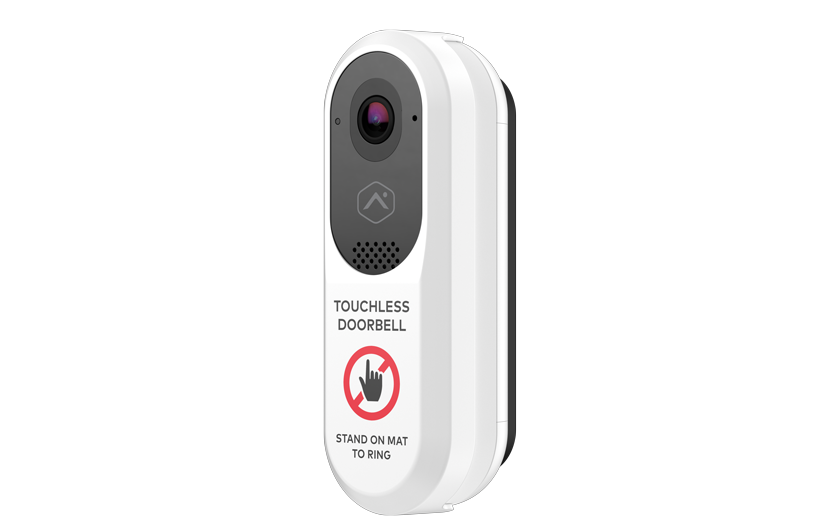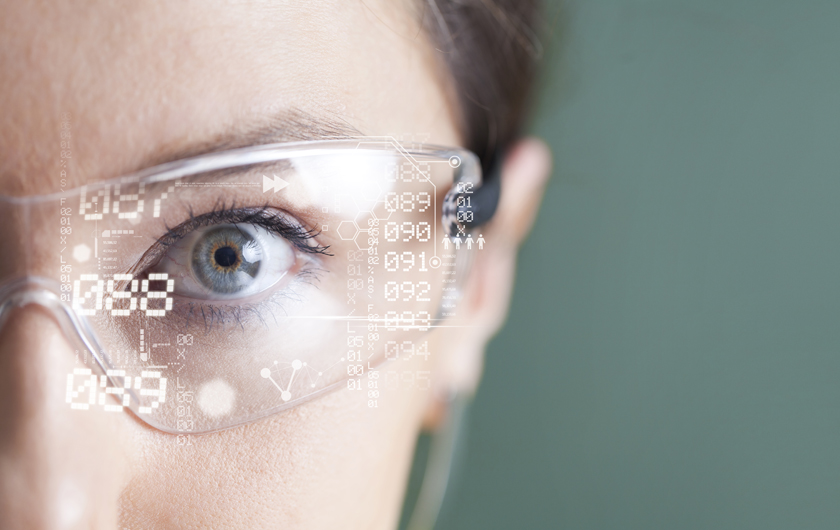Tech-enhanced eyewear is changing the way we see the future
By Matt Smith
Back in 2013, Google released a product called Glass: a revolutionary new take on eyewear that outfitted frames with the same kind of technology you’d find in a smartphone. Google Glass hasn’t yet taken off in the way its creators hoped, but the technology behind it has created a whole new market for enhanced eyewear—eyewear that could prove especially helpful for older people. And while you may remember Google Glass looking like something out of science fiction, the smart glasses of today fly under the radar, looking like normal—even designer—frames.
Vision loss is a significant problem facing Canadians, with Statistics Canada reporting that more than 80% of those aged 65 or older are affected. Smart glasses can transcend the limitations of traditional eyewear and offer new hope to those experiencing vision problems such as glaucoma, diabetic retinopathy, and macular degeneration. In addition to corrective lenses, smart glasses can be outfitted with augmented reality (AR) software to further enhance the wearer’s vision. This can allow users to zoom in on what they’re seeing or help them get around in low light.
Facial recognition software can make the world easier to navigate for those with dementia, and this same principle can be used for identifying medication, as well, helping to prevent people from taking the wrong medication at the wrong time. In a similar vein, text recognition can make reading easier and even convert text to audio.
The benefits of smart glasses go beyond the visual. They’re also available without prescription lenses and can enhance other senses—such as hearing—as well. Glasses outfitted with bone-conduction headphones can serve as hearing aids that, because they don’t transmit sound through the air but directly through bone, can be more effective for people with certain auditory conditions. These can also be used to listen to music, make calls from your smartphone, be notified of events on your calendar, or hear the audio from text-to-speech apps.
Currently, smart glasses are still on the expensive side, with prices ranging into the thousands of dollars. However, the technology is steadily becoming more available, with new and more affordable models of smart eyewear being released every year.
Photo: iStock/m-imagephotography.





